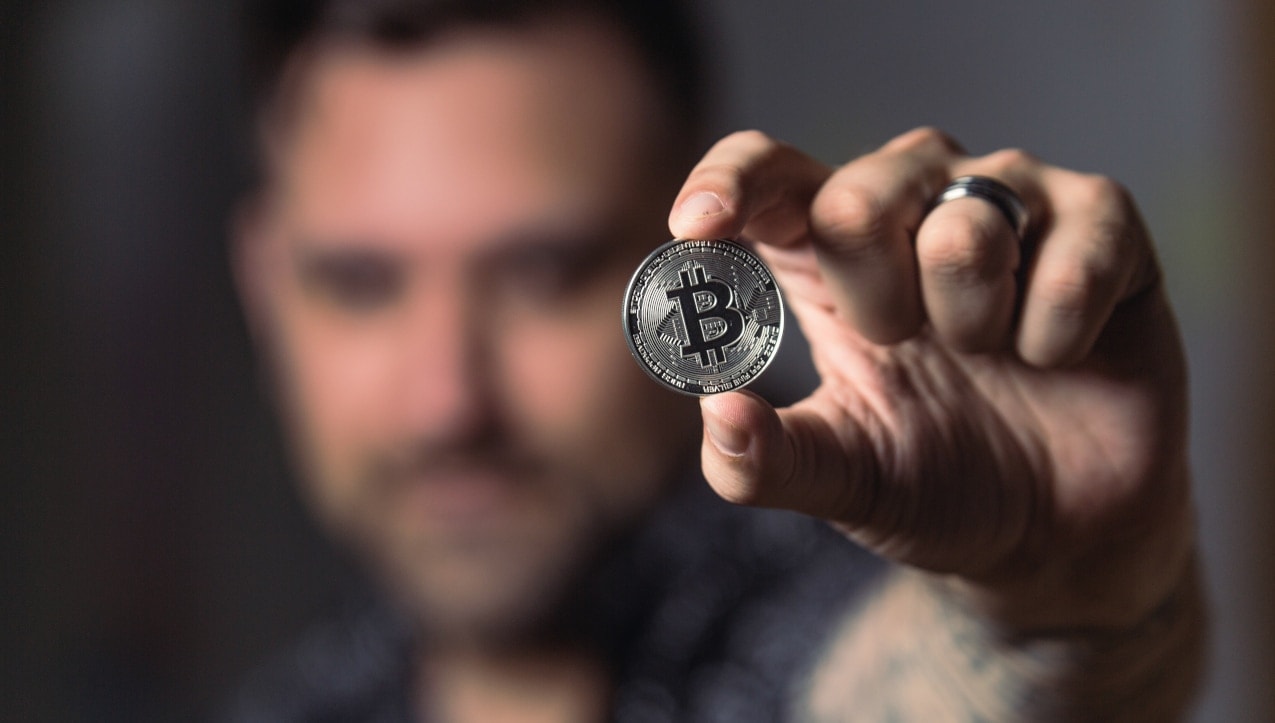Whether you’re reading the latest financial news or listening to ideas on investing, talk about Bitcoin is all over the place. People are raving about the fortunes being made. And thousands of new millionaires are emerging almost instantly. However ask the average investor what Bitcoin is and the answer might baffle you. (Today’s news has Bitcoin values rising to a record high of $23,665 USD, on demand from larger investors.)
Champagne Supernova: Uncork that bottle of fine bubbly now or hold onto it like an investment?
Bitcoin brought in a new category of assets known as cryptocurrencies (cryptos). It was launched in 2009 by an individual, or a group, using the pseudonym of Satoshi Nakamoto. Following its success, similar “coins” (known as “alt coins”) have been developed. The prominent ones include Ethereum, XRP, and Litecoin. Today, there are more than 6,000 known cryptos with a market value superior to $560 billion USD.
Cryptography
Cryptos are digital assets (software; no physical “Bitcoins” exist) that are backed up by cryptography. That’s the use of encryption to protect data from unwanted readers. This makes every unit unique and impossible to falsify (unlike traditional bills, for example).
Most of these virtual currencies are built on blockchain database technology. Blockchain is a series of records (blocks of information) that are linked together (chained) by cryptography. So it’s a specific type of database. This list of records is ever-growing, functioning as an electronic ledger that records transactions in real time. And its key feature is decentralization.
No bank “middlemen”
Transactions are recorded by a network of separate computers, instead of having a central one acting as a “master”. Data is thus synchronized throughout the network simultaneously. Rather than having multiple copies that come from an original record, there are multiple originals. This makes the ledger virtually unchangeable over time. And not just that, it makes it extremely trustworthy.
Buying and selling of bitcoin can be done directly from one wallet to another with no need for a bank to oversee the transaction. While many investors use trading platforms (click here for an example) to simplify the transaction process, these platforms do not regulate or control the currency.

Photo by Moose Photos from Pexels
Blockchain
An example might help to illustrate what we mean. Traditional financial transactions require a bank to act as a “middleman” for approval and processing. So what’s the difference with crypto? Blockchain transactions are done peer-to-peer. They are verified by the whole network (aka “miners”) at once. So the middleman is eliminated. And that makes the process faster and cheaper (no fees).
It also takes away control from any particular institution. And banks and governments are keenly aware of this. In the end this is part of Bitcoin’s purpose.
A unit of Bitcoin is simply a portion of the ledger. It is a block of secured data. So instead of being printed, like a bill, it is generated when data is created and verified by the network. Essentially, it is a line of code that is accepted as payment for goods and services. The “coins” can be stored in a drive, smartphone, or the cloud.
Value? Supply and demand
The value of a crypto is determined purely by supply and demand, as they have no intrinsic value. A very important feature of Bitcoin is that supply will be limited forever. Its creator(s) determined that there will only be 21 million units in existence.
This arbitrarily established number has a key advantage. Bitcoins will not devalue like traditional (fiat) currencies do whenever a government prints more money. There are currently just over 18.5 million Bitcoins in circulation and 900 are created each day, on average.

Photo by Roger Brown from Pexels
The main challenge for any virtual coin is adoption. It needs to be accepted as a means of payment. And this is why most cryptos will fail. However Bitcoin is making progress, if this week is any indication.
Bitcoin is accepted as a (limited) form of payment by over 100,000 merchants. And these aren’t small operations. They include large companies (Microsoft, Whole Foods, AT&T) and fast food chains (Subway, Burger King, KFC Canada). Plus some professional sports teams are accepting it (Dallas Mavericks, Miami Dolphins).
Beware speculation
A lot of the crypto market value has been driven by speculation. After all, many investors see them as the coin of the future. So they try to buy early, expecting a massive future payback. In the end this creates the “fear of missing out (FOMO)” effect. Most of us have felt that at one time or another. In the end, that helps increase demand.
Part of the excitement is due to one mind-boggling fact. The first trade of a Bitcoin was valued at $0.0009 USD in October of 2009. Compare that to yesterday’s record-setting trading.
Impressive market cap
The market cap of some digital coins is impressive. However when you look at it, there’s no competition. Bitcoin (BTC) is the clear leader of the pack, at over $340 billion USD. And that dwarfs the next two coins: Ethereum (ETH) with $63 billion, and XRP with just over $27 billion.
So where can you buy Bitcoin and what are the risks? Can they be traded and converted into dollars? Stay tuned. The answers to these and other questions will be covered in the second part of the “Basics of Bitcoin”.
IMAGE UP TOP: PEXELS
Legal Disclaimer: the contents of this article are for information purposes only and are not intended to provide any form of financial or investment advice.

A business professional turned writer, Ricardo has a passion for presenting complex ideas in a reader-friendly way. He has worked for blue chip corporations in Canada, ran a restaurant franchise in Venezuela and developed a papaya farm in the tropical jungles of southern Mexico.
His education includes an MBA, specialized financial training, and a variety of professional writing courses from the University of Toronto. He has published personal finance articles in both English and Spanish.
Ricardo lives in Toronto with his wife and daughter.








